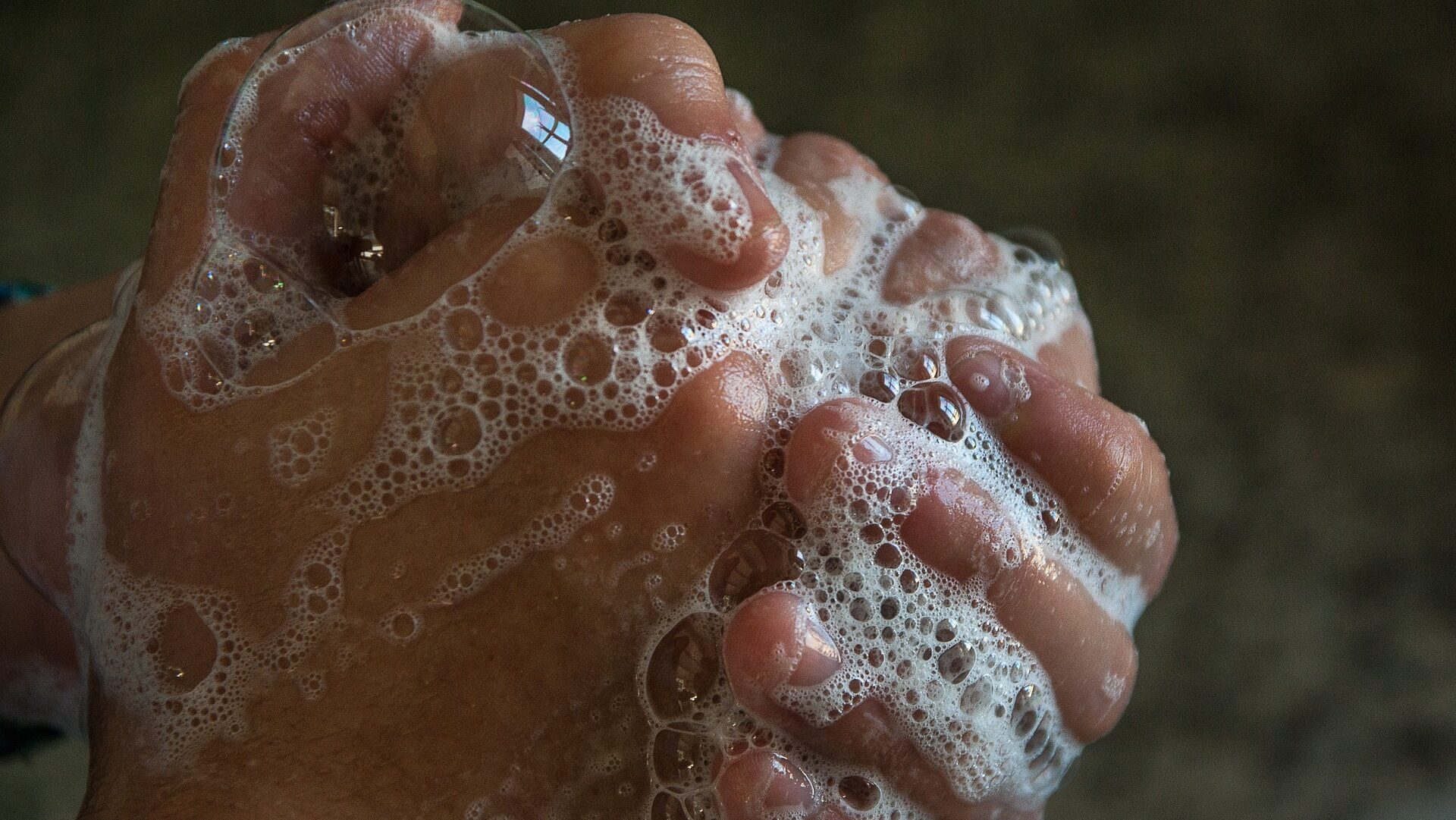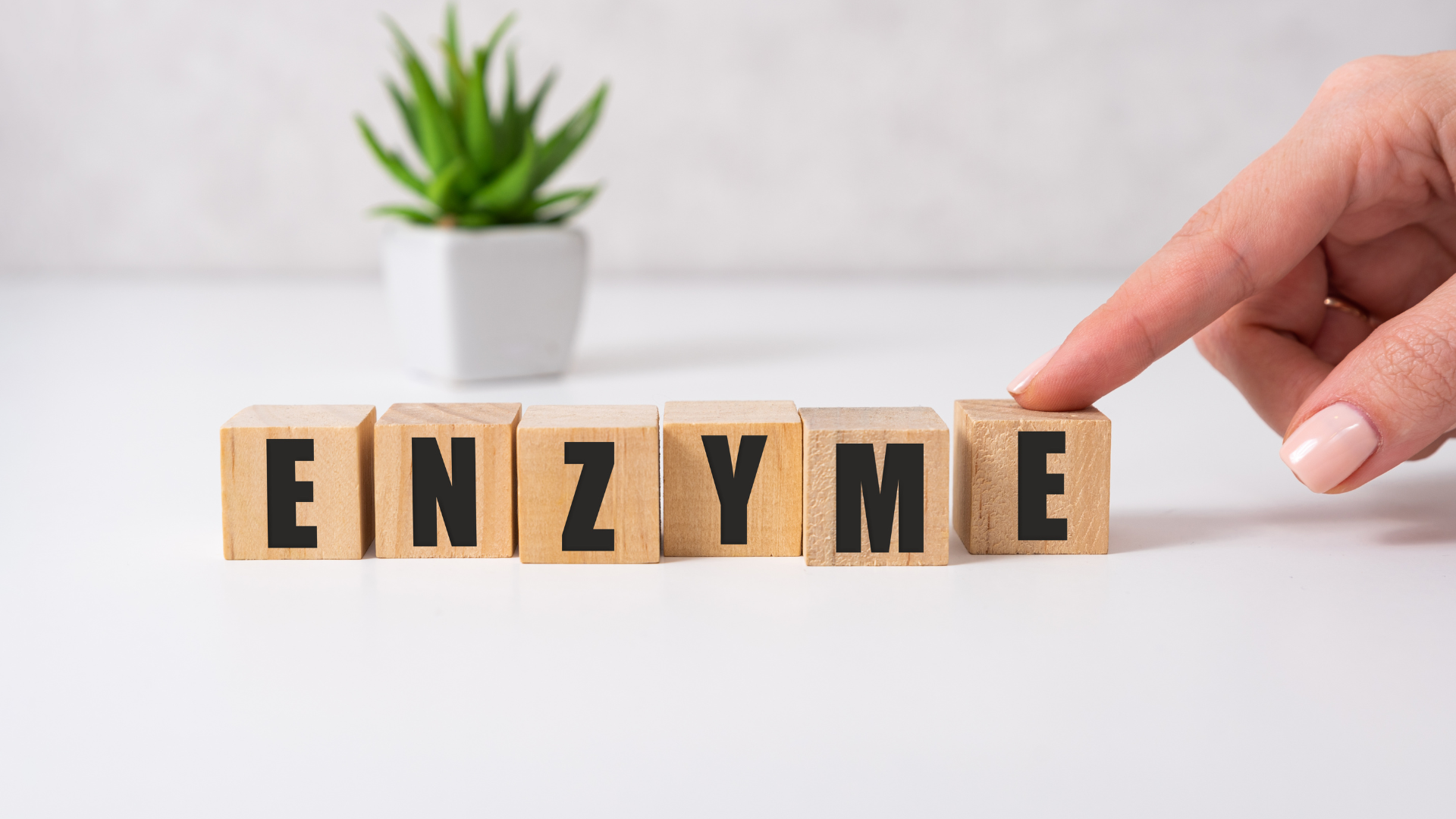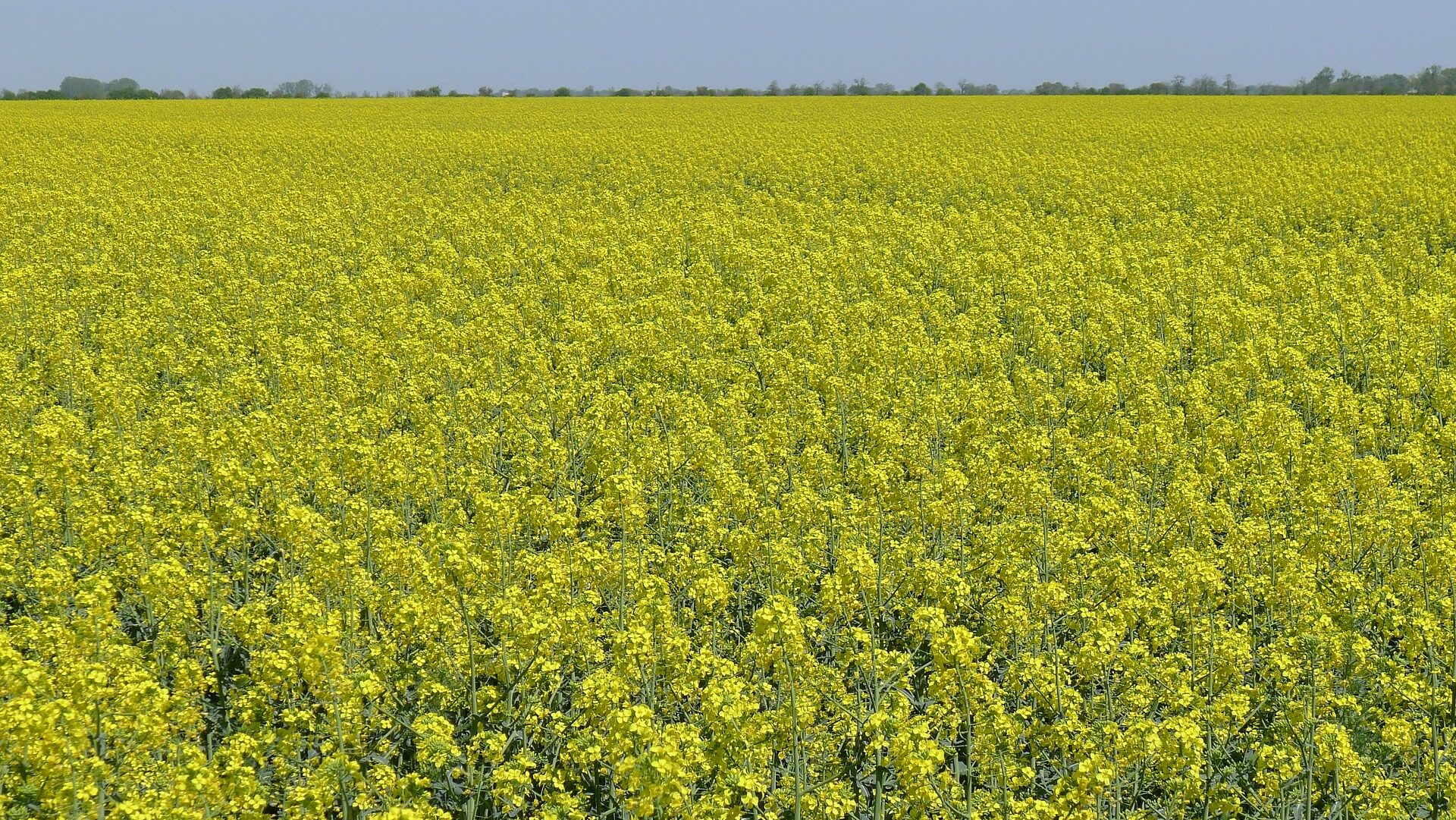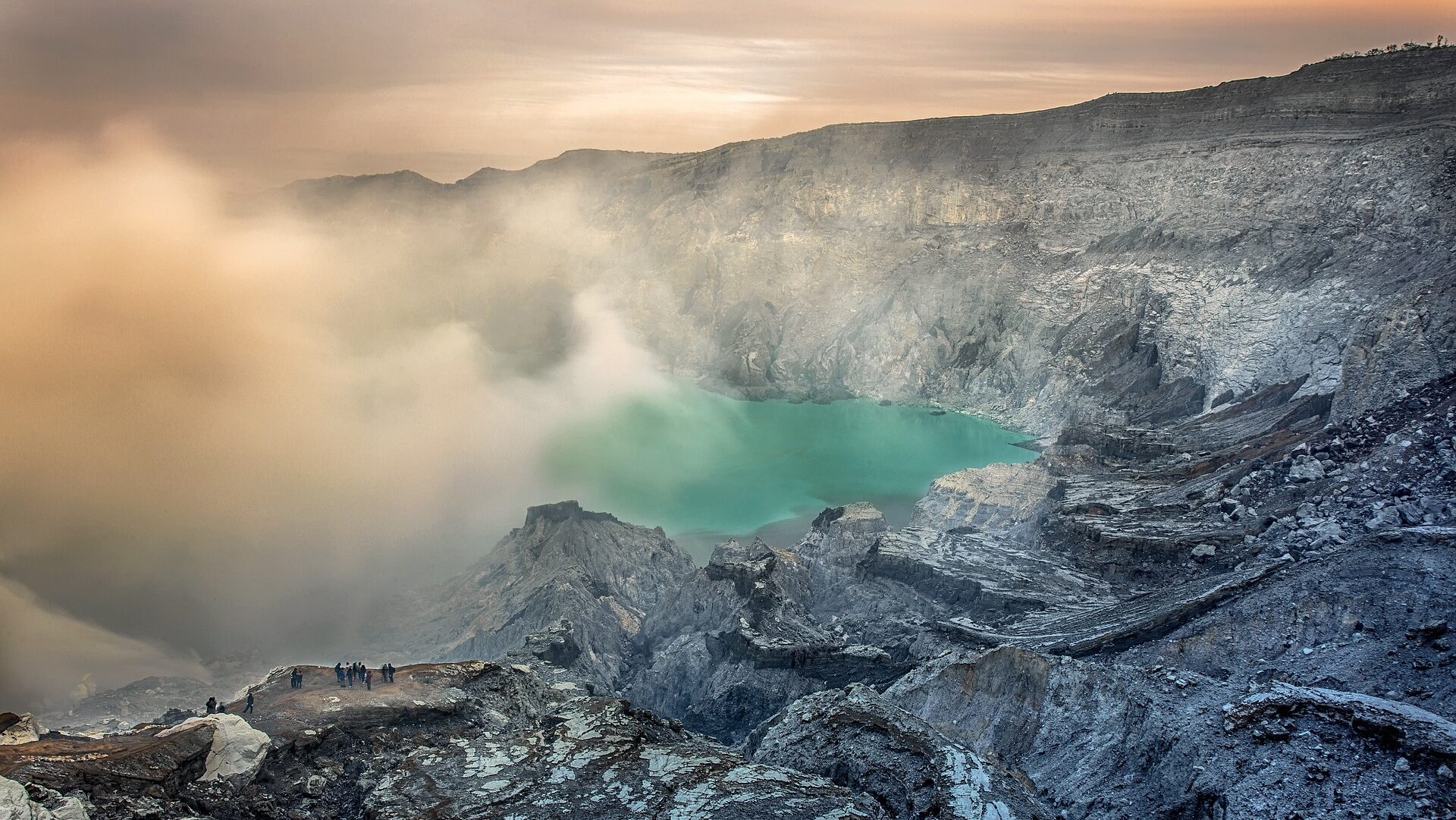Reading Time – 3 Minutes, Difficulty Level 1/5
Have you ever had greasy hands and tried to rinse them with only water to get rid of the grease? If you have done that before, you know that for greasy, sticky, oily hands, you absolutely need to use soap for your hands to be clean again.
Why is that?
You see, we can divide materials into two groups: one that can dissolve in water, which we call water-soluble, and one that can dissolve in oil, which we call fat-soluble. Usually, things that are water-soluble will not dissolve in oil, and vice versa, just like water and oil cannot dissolve in each other. This is why you cannot get rid of oil and grease from your hands just by rinsing them.
However, soap is different. Soap belongs to a special group called the amphiphiles, which are both water-soluble and fat-soluble. How could they be both water and fat-soluble?
If you zoom in really close to see the structure of each soap molecules, you would see that one part of the soap molecule is water-soluble, while the other part is fat-soluble. This allows them to dissolve in both water and oil. More importantly, this allows them to be a bridge that allows fat-soluble materials to combine with water.
Fat-soluble materials really do not want to interact with water. So, in a situation where there is a lot of water going around, like when we wash our hands, they are going to seek out other fat-soluble things and stick around with them. When we add soap to the equation, the fat-soluble part of the soap molecules can interact with these grease and oil. And since the soap molecules have a water-soluble part that is perfectly happy to be around this much water, they are going to cluster around the grease and oil molecules in a way so that their water-soluble parts are the ones facing ‘out’ towards the water, and their fat-soluble parts are interacting with the grease and oil molecules. These clusters of amphiphiles in which their water soluble parts are facing the water and their fat-soluble parts are interacting with each other, and sometimes with other fat-soluble materials, are called micelles.
With the grease and oil positioned inside our micelles made of soap molecules, everyone is happily hanging around with each other. The water is only interacting with the water-soluble parts of the soap molecules, and the grease and oil are only interacting with the fat-soluble parts of the soap molecules. This allows the grease and oil to be solubilized in water.
When we add even more water to rinse our hands of the soap, the grease and oil are already solubilized in water, so they go together with the water, leaving our hands clean of the soap and the grease and oil that would have stuck around without the soap.
Soap against viruses and bacteria
Now, grease and oil are not the only thing that we need to use soap to get rid off. If you remember the beginning of 2020, you would recall that many experts were recommending washing your hands to help stop the spread of the SARS-CoV-2 virus.
The SARS-CoV-2 virus, along with most other viruses and bacteria, have a layer of lipid, or fat molecules, that surround them. When we use soap, these lipids would also interact with the soap molecules, causing the virus and bacteria to break down. Hand-washing with soap has been shown to be effective at reducing the amount of pathogenic infections.
In essence, most things are going to dissolve in either water or fat. Since soap is really good at interacting with both water and fat, it can help things like grease and oil to dissolve in water. Bacteria and viruses also have important parts that will dissolve in fat, and so, soap can help break them down. Therefore, washing your hands with soap is an absolute must if you want clean, healthy hands!

I’m a research assistant at Sunnybrook Health Sciences Center, currently working on software development for pre-clinical trials of the therapeutic use of ultrasound. I completed a BSc in Biological Physics and Mathematics at the University of Toronto, Ontario.
I am continually amazed at the world around us, and at the efforts we make to understand it. I would love to share my wonder and efforts with you!








